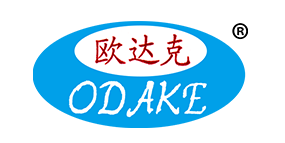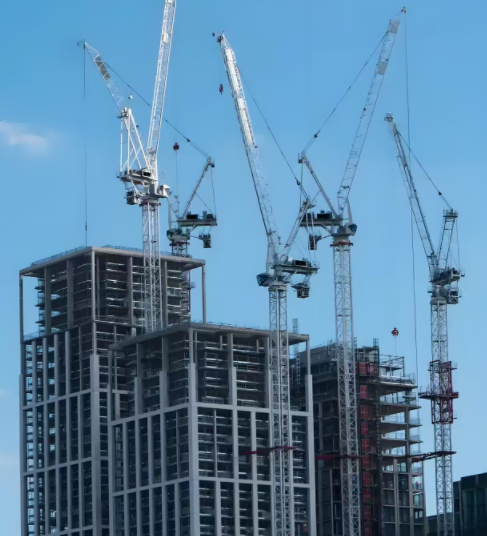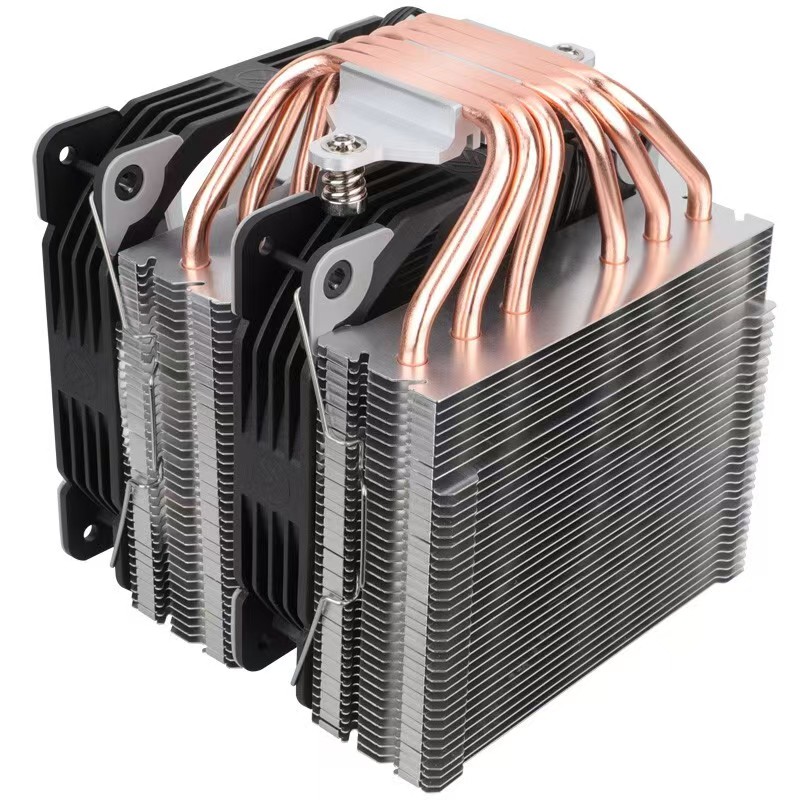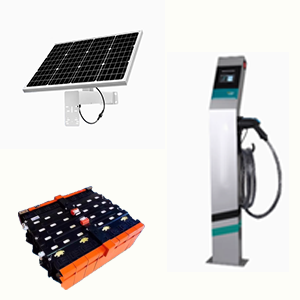Structural adhesives are transforming how modern products are built—from electric vehicles to aerospace components. In 2025, a new wave of high-performance bonding technologies is setting new standards for strength, sustainability, and design freedom. Below are the seven key innovations engineers, designers, and manufacturers should watch.
1. Ultra-Lightweight Hybrid Formulations
Next-generation epoxy-polyurethane hybrids deliver aerospace-grade strength with 20% lower density than standard epoxies.
Best for: EV batteries, aircraft interiors, and lightweight transportation where every gram matters.
2. Fast-Cure, Low-Energy Systems
New room-temperature curing adhesives slash production cycle times and energy costs.
Benefits: Eliminate energy-hungry ovens while maintaining full structural integrity.
Industries: Automotive, renewable energy, consumer electronics.
3. Nanotechnology Reinforcements
Adding nano-silica or carbon nanotubes boosts toughness and fatigue resistance.
Bonds handle vibration, thermal cycling, and heavy loads far better than conventional glues.
Ideal for industrial machinery, rail transport, and heavy equipment.
4. Bio-Based & Recyclable Adhesives
Sustainability drives demand for plant-oil resins and recyclable bonding agents.
Comply with global environmental regulations without sacrificing strength.
Perfect for brands seeking low-VOC, eco-friendly adhesives.
5. Smart Adhesives with Built-In Sensors
Micro-sensor technology lets adhesives track stress, temperature, and aging in real time.
Enables predictive maintenance in wind turbines, bridges, and aerospace structures.
6. Extreme High-Temperature Performance
Advanced phenolic and polyimide adhesives withstand continuous 300 °C+ exposure.
Critical for aerospace engines, automotive exhaust systems, and power-generation equipment.
7. Multi-Material Bonding Mastery
Breakthrough chemistries now bond aluminum to carbon fiber, plastics to composites—no primers required.
Reduces assembly steps and production costs.
Why These Breakthroughs Matter
These 2025 advances align with top manufacturing priorities:
Lightweighting for EVs and aerospace
Energy efficiency in production
Sustainable, low-VOC adhesives
Design flexibility across dissimilar materials
By replacing welding, rivets, and mechanical fasteners, structural adhesives cut weight, boost durability, and accelerate production.
FAQs About Structural Adhesives
Q1: What is a structural adhesive?
A high-strength bonding agent designed to replace mechanical fasteners such as bolts and welds while bearing structural loads.
Q2: Which industries benefit most?
Aerospace, automotive, construction, electronics, and renewable energy rely on structural adhesives for lightweight and durable assembly.
Q3: How do I select the right adhesive?
Match the adhesive to substrate materials, operating temperature, environmental exposure, and cure speed. Lab testing is recommended before full-scale production.
Q4: Are structural adhesives environmentally friendly?
Yes—many are low-VOC, bio-based, or fully recyclable, meeting global sustainability targets.
Q5: Can structural adhesives replace welding?
In many applications, yes. They provide uniform stress distribution, reduce heat distortion, and bond dissimilar materials. Engineering analysis is still essential for critical load paths.
Partner with a Trusted Structural Adhesive Expert
Looking to implement the latest 2025 structural adhesive technology in your next project?
ODAKE offers custom high-performance bonding solutions for industries from electric vehicles to renewable energy.
📍 Location: Dongguan City, Guangdong Province, China
🌐 Website: https://usodake.com
📧 Email: dghxxw888@163.com
📞 Phone: +86-769-81617120 | +86-13711910698
Stay ahead of the competition with adhesives that are stronger, lighter, and greener. Contact ODAKE today to explore next-generation bonding solutions for 2025 and beyond.






